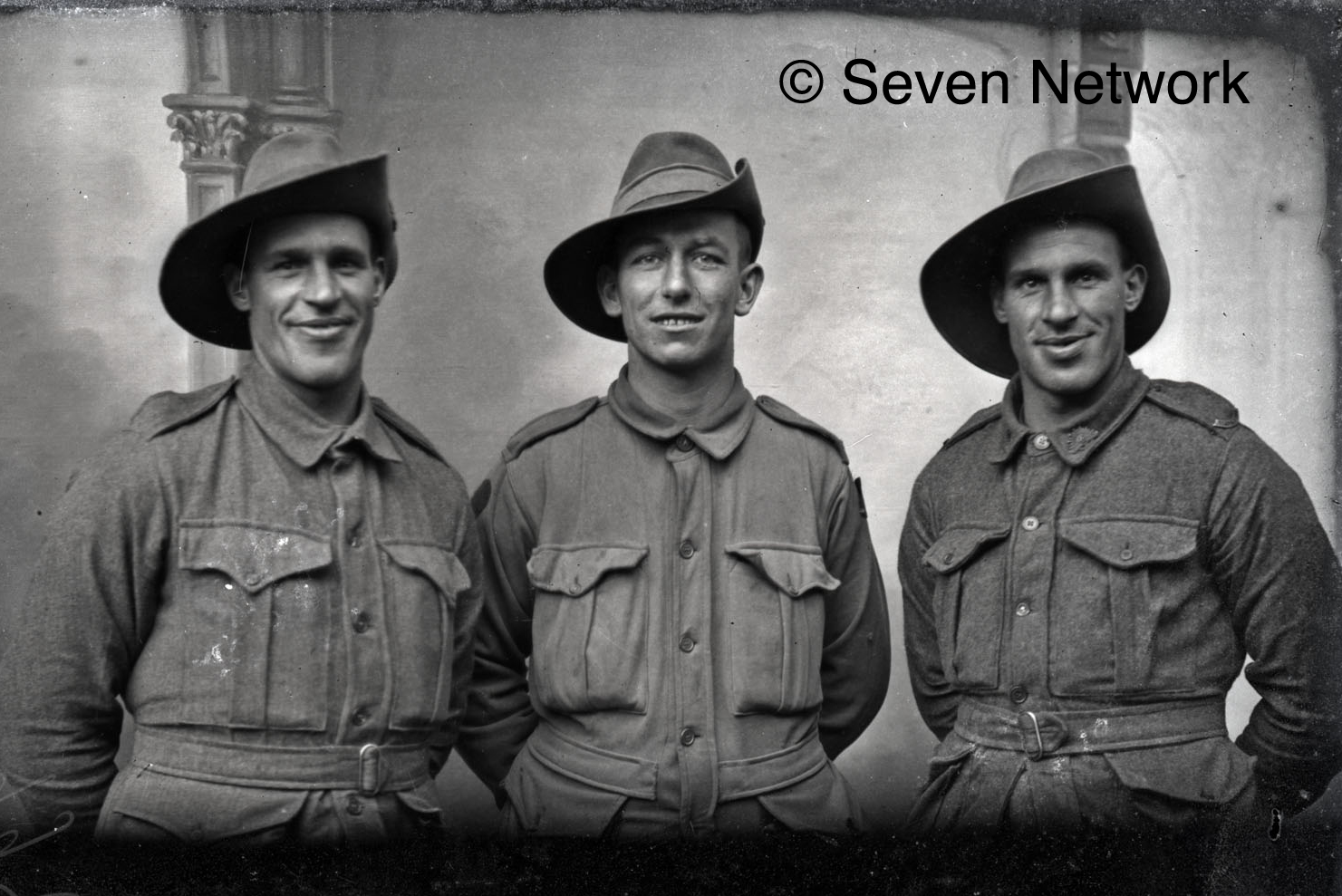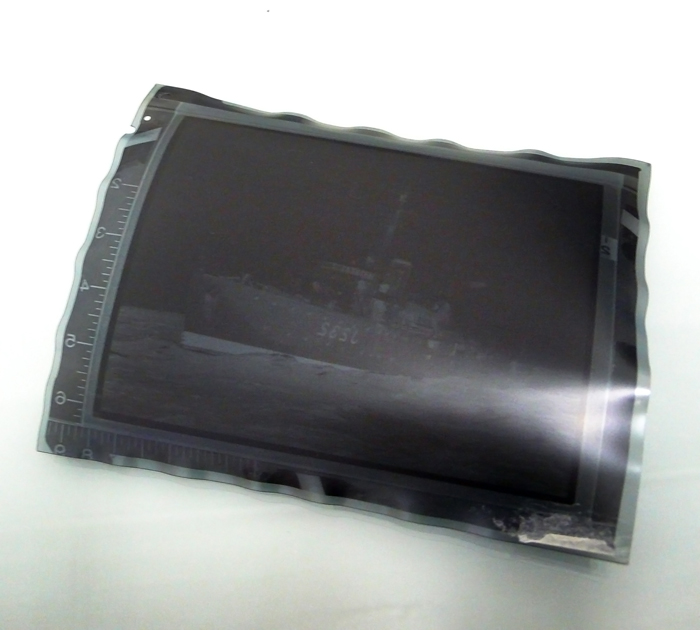










Institutional Archives
At Oscans we are increasingly finding that there are significant collections of institutional archives that have not yet been digitised. Digitising photographic archives means they can be duplicated, distributed and safely stored for the future. As image capture specialists we offer a service that allows institutions to efficiently archive their vast collections of photographic media, at high quality and at a reasonable price.
Oscans has extensive experience in scanning and digitally optimising large collections of photographic media for institutions such as the Seven Network, the Royal Australian Navy, Qantas, and many others. We understand the requirements and constraints of large corporations and always endeavour to deliver the work to the high standard expected within the agreed timeframe. Oscans could save your organisation time, money and the need for internal photographic expertise. If your institution is considering outsourcing its archiving projects, give us a call on 1300 138 970 or contact us via our web form.
Equipment
Oscans uses professional image capture equipment, including Kodak's HR 500 Plus scanner and Epson V700 flatbed scanners. Through testing we have found that the HR 500 scanner can outperform conventional equipment, such as the Creo scanner (see our Samples page for comparisons). Additionally, for chromogenic film images, the HR 500 provides the option to scan with Digital ICE for effective dirt and scratch removal without information loss.
For jobs involving larger images and for special requests we may also use high end digital cameras for image capture.
Formats Scanned
Oscans handles the following formats:
- Photographic slides
- Slides - thin, thick and glass mounts
- All film types, including Kodachrome
- 35 mm negative strips
- 120 negative and transparencies
- 110 negative and slides
- Very old photo prints (50 - 150 years)
- Very old negatives (Brownie and others)
- Glass plate negative and slide
- Tintype images
We have experience handling many different types of damage to photographic media, including mouldly images, film severely affected by Vinegar Syndrome and other common issues. We have developed processes that allow us to get the best scan possible out of degraded images without causing damage to the film.
Scanning Requirements and Output
Oscans will work with you to present files scanned and optimised to your specifications of output pixel dimensions (resolution), bit depth, as well as colour space. We always strive to ensure that all information is captured within the histogram when we scan our images, so that no clipping occurs.
We will scan all files into TIFF format, but files will be delivered in both TIFF and JPEG. We may also supply additional types of files if requested.
In our experience we have found that many organisations have specific databasing requirements, which include data entry into spreadsheets or barcode input. Our staff will gladly follow your instructions to ensure that physical media will not be misfiled and that all appropriate data will be entered with minimal error.
Safety and Handling of Media
Oscans is located in a secure office premises in the Sydney CBD, with passcard and key access after hours. Staff at Oscans take all necessary precautions to ensure that all photographic work remains in good condition while on our premises. This includes storage and careful handling of film images. Safe transport of large collections by courier can be arranged by Oscans if requested.
For a more comprehensive account of our processes, read our Frequently Asked Questions page.
The Lost Diggers Glass Plates - Scanned and Digitally Enhanced for the Seven Network

In 2011, Oscans had the exciting opportunity to handle a collection of 4000, 90 year old glass plate images of Australian and international soldiers, which had been quietly hidden in a barnyard in the French city of Vignacort since World War I. Not only did we digitally recover many of the images, but we physically put together broken shards and scraped off century old dirt to uncover some amazing photographs. We only wish we could go back in time and shake the hand of the talented Louis Thuillier for taking so many awe inspiring portraits!
For a recount of some of Oscans' interesting discoveries during the Lost Diggers digitisation project, click here to watch our slideshow on the 7 Network's own website.
Royal Australian Navy Archives
Oscans had the privilege to scan a vast portion of the Royal Australian Naval archives dating back to the 1800s. Within one month we scanned 12,000 images to a high standard, whilst maintaining their record system. During this job we found that many old film images were suffering from vinegar syndrome. We were able to extract information out of images that were severely compromised (see images below).


HMS Deloraine J232 Film image with "vinegar syndrome" - Before (top) and after (bottom) scanning.